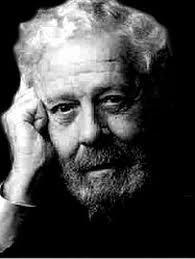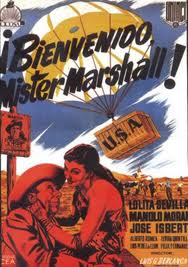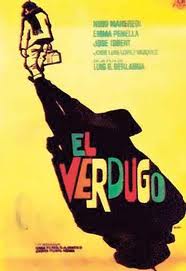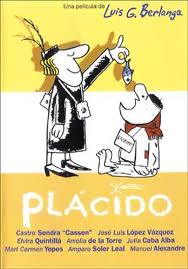Luis Garcia Berlanga, Spanish film director: Difference between revisions
No edit summary |
No edit summary |
||
| (One intermediate revision by the same user not shown) | |||
| Line 1: | Line 1: | ||
==== | ====Dates: [[:Category:1952, 1957, 1961, 1963|1952, 1957, 1961, 1963]]==== | ||
====Region: [[:Category:Europe|Europe]]==== | ====Region: [[:Category:Europe|Europe]]==== | ||
| Line 7: | Line 7: | ||
====Medium: [[:Category:Film Video|Film Video]]==== | ====Medium: [[:Category:Film Video|Film Video]]==== | ||
---- | ---- | ||
[[File: | [[File:Berlanga.jpg|left]][[File:Berlanga2.jpg|right]] | ||
'''Artist:''' Luis Garcia Berlanga (1921 - 2010) | '''Artist:''' Luis Garcia Berlanga (1921 - 2010) | ||
Latest revision as of 22:58, 14 January 2012
Dates: 1952, 1957, 1961, 1963
Region: Europe
Subject: Political/Economic/Social Opinion
Medium: Film Video
Artist: Luis Garcia Berlanga (1921 - 2010)
Confronting Bodies: Franco, Edward G. Robinson
Dates of Action: 1952, 1957, 1961, 1963
Location: Spain
Description of Artwork: Luis Garcia Berlanga's films were often subtle satires that criticized the Spanish government under Franco, the strong religious fervor popular in Spain at the time, and the United States' influence in Spain. In one of his early films, Bienvenido, Mr.Marshall! a small village prepares for the arrival of the Marshall Commissioners, on the expectation that they will be given large amounts of money. In an effort to do so they go about trying to make themselves seem as Spanish as possible--learning the Flamenco and building a bullfighting ring among other things. In the end, the Marshall commissioners pass by the village without stopping. In another film, Los Juevos, milagro (Every Thursday, a Miracle), Berlanga satirizes the Spanish craze for religion and miracle making. In this film a spa town, in order to attract visitors, invents a reappearance of St.Dimas. The 1961 film Seat a Poor Person at Your Table is about a rich family who invites the poor to dinner on Christmas eve. This film makes a comment on bourgeois hypocrisy. In El Verdugo (The Executioner), a 1963 film which was later voted the best Spanish film by Spanish critics, is about a poor man who is forced to become an executioner and has to execute a convict against his own free will.
The Incident: The first censorship Berlanga faced was actually from Americans. At the Cannes Film Festival the publicity for the film Bienvenido, Mr. Marshall included handing out dollar bills in which George Washington's face was replaced with the face of the main character in the play. The president of the jury at Cannes was Edward G. Robinson, an American who had recently been pursued by the House Committee on Un-American Activities and he was trying to make himself out to be a patriot. He condemned the movie as anti-American. Los Jueves, milagro was first rejected by the Church representative on the censorship junta. Berlanga made some changes, but they were not enough to satisfy the censors. A final scene was added which suggested the whole story had been a dream and with this addition the movie was finally passed. In 1961 censors insisted that Berlanga change the title of Seat a Poor Person at Your Table to Placido, because they were sensitive to any reference of Spanish poverty. El Verdugo was the final straw. After the making of that movie Berlanga was called unpatriotic and forced to work abroad.
Results of Incident: After El Verdugo, Berlanga only made three other movies during Franco's lifetime.
Source: "Censorship: A World Encyclopedia"



